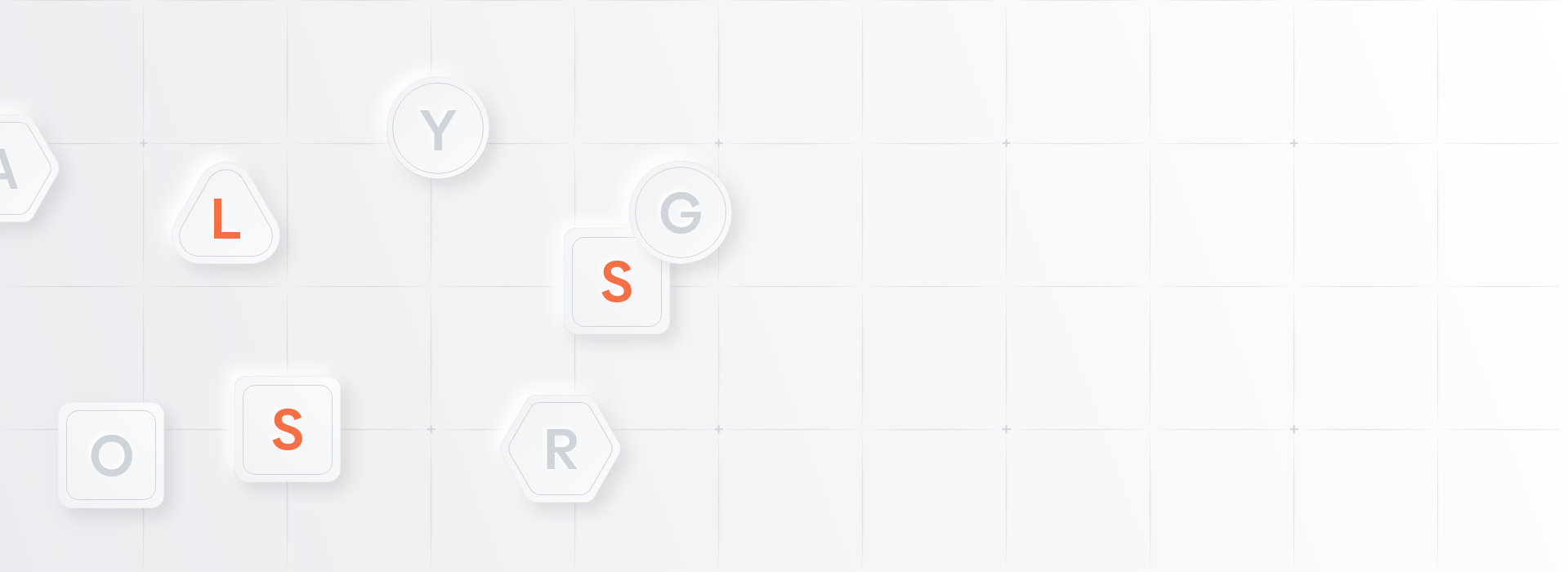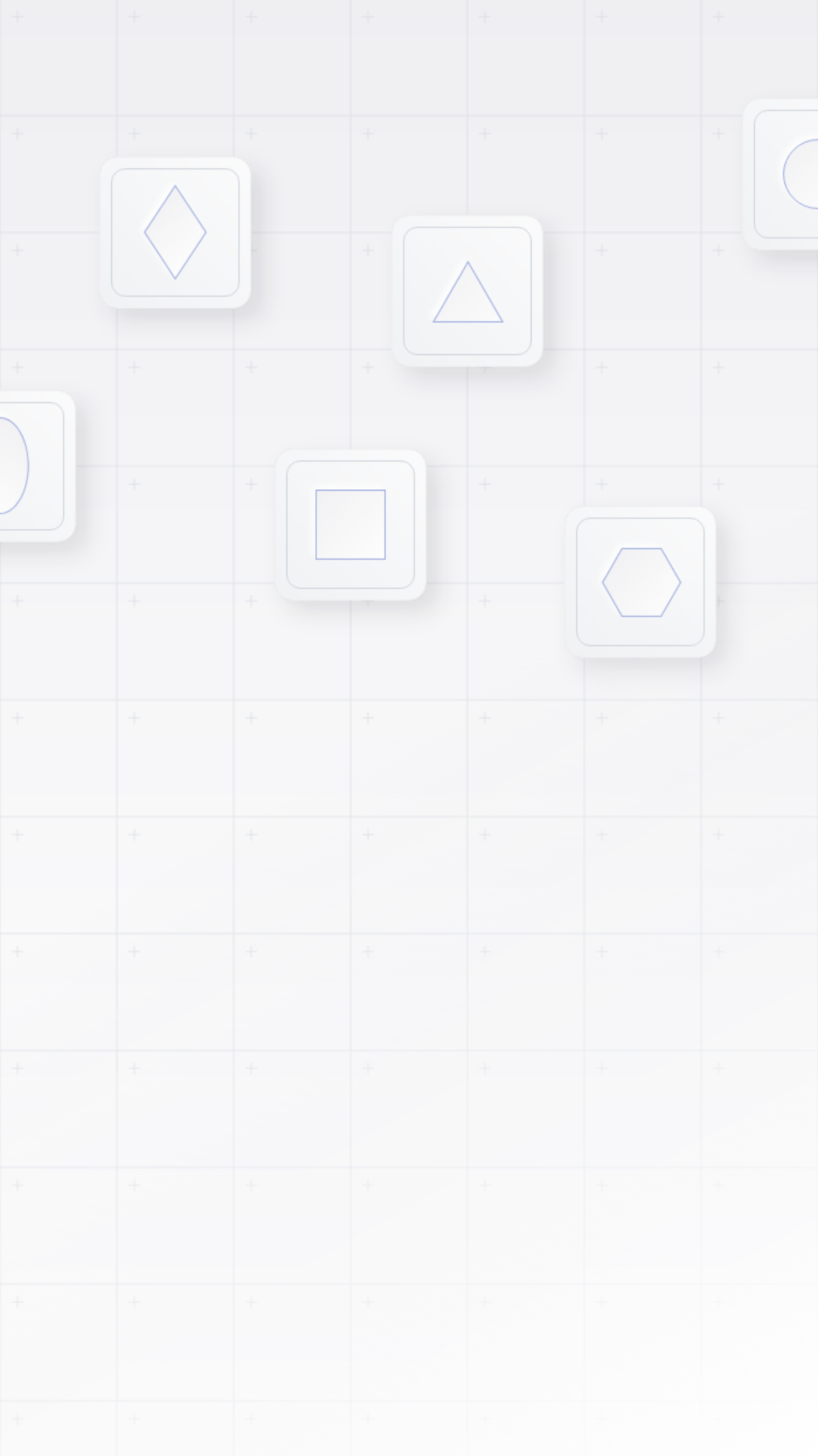Google Play Ranking


What is Google Play Ranking
The term Google Play ranking has several meanings, the first of which is ‘keyword ranking’ which is the actual spot an app sits in the search results page, and the second is an app’s ranking in two chart areas of Google Play, which are:
1. the Top chart, divided into free and paid, which is the chart of all the top apps
2. The specific Category charts an app belongs to and show the top apps for that category
Even experts in the industry are in the dark when it comes to the details on how the Google Play algorithm works, but some of the highly influential factors (both text relevant and user behavior related) that are taken into account are known, though how much they influence (their weight when ranking) is still unclear.
Why Google Play Ranking is Important
As an app dev or marketer, it’s important to focus on an app’s ranking in order to optimize as many areas of a product page as possible in order to rank highly, see good exposure (impressions), growth and install rates.
Though similar to App Store rankings, the on and off-metadata factors that affect an app’s ranking in Google Play are more complex. Similar to the App Store, Google Play also factors in the following when weighing up where an app should rank:
- Listing performance (install velocity: how well the app converts first time installs) in the Top and Category charts. A healthy amount of engagement and downloads will contribute to an app ranking for a number of terms. Industry experts understand this is one of the leading factors in how an app ranks.
- Metadata keywords in title / short description / long description. (The hidden keyword field is unavailable on Google Play, only appearing in the App Store.)
- Retention rate and CVR. An app will rank better if it has a high retention rate. A high uninstall rate will have a negative impact on an app’s ranking position.
- App ratings, user reviews and feedback. A product page would ideally showcase good feedback and will rank higher for it.
- Frequency of updates. An app that’s rarely updated will rank lower than an app that’s updated regularly.
- App listing backlinks. The more backlinks an app listing has will result in a higher ranking.
- Technical performance of the app including crash rate.
Google Play Ranking and ASO
Google Play ranking is a crucial element to an app’s visibility and audience impressions within Google Play which is why the industry and ASO teams look to it as a priority when strategizing. Just like the App Store’s algorithm, the Google Play iteration uses a wide variety of ranking factors to determine an app’s visibility.
The Google Play algorithm changes intra-daily as new apps appear and rank for keywords themselves, displacing existing apps or beating new apps to the top if they’re more optimized. It’s imperative therefore to keep an eye on what’s happening in terms of rankings on a very regular basis.
The factors highlighted above are all worth investigating in more detail when it comes to building an ASO strategy.
Is your Screenshot Gallery properly optimized to drive conversions? Get help designing a gallery on Google Play
Navigate between the letters to explore additional glossary terms:
- a
- b
- c
- d
- e
- f
- g
- h
- i
- j
- k
- l
- m
- n
- o
- p
- q
- r
- s
- t
- u
- v
- w
- x
- y
- z
- User Segmentation
- User Acquisition for Mobile Apps
- Paid App User Acquisition
- Organic User Acquisition
- Explorative Users
- Decisive Users
- App Store Update
- Supply Side Platform
- Software Development Kit (SDK)
- Soft Launch
- SKAdNetwork
- Sessions Per Active Device
- Sales Per Paying User
- Google Play Search
- Apple Search Ads
- App Store Subtitle
- App Store Seasonality
- App Store Search
- App Store Screenshots
- App Store Screenshot View Rate
- App Store Sales
- App Store Analytics: Standard Downloads
- App Store Analytics: Source Type
- App Store Analytics: App Store Sessions
- App Size
- Rewarded Video Ads
- Return on Ad spend (ROAS)
- Replicated App Store Page
- Real-Time Bidding (RTB)
- Re-engagement
- Google Play Third-party Referral
- App Store Web Referral
- App Store Reviews
- App Store Review Engagement Rate
- App Store Redownloads
- App Store Ratings
- App Store Ranking
- App Store App Referral
- App Store Analytics: Region
- App Retention Rate
- Product Page Conversion Rate
- Proceeds Per Paying Users
- Preloaded Apps
- Pre/Post App Store Tests
- Post-Install Event
- Playable Mobile Ads
- Performance Marketing
- Pay Per Install
- Google Play Product Page
- Google Play Personalization
- Apple’s Product Page Optimization (PPO)
- App Store Product Page Views (Unique Devices)
- App Store Product Page Views
- App Store Product Page
- App Store Proceeds
- App Store Preview Videos
- App Store Pre-Orders
- App Store Pre-Launch
- App Store Personalization
- App Store Paying Users
- App Store Page Scroll Rate
- App Store Analytics: Purchasable Item
- App Store Analytics: Product Page
- App Store Analytics: Pre Orders
- App Store Analytics: Platform Version
- App Store Analytics: Page Type
- Monthly Active Users (MAU)
- Mobile Growth
- Mobile Game Monetization
- Mobile Game Marketing
- Mobile Game Business Model
- Mobile Delivery Platform
- Mobile Bid Adjustment
- Mobile Attribution Window
- Mobile Attribution Manipulation
- Mobile App Retention
- Mobile App Onboarding
- Mobile App Monetization
- Mobile App Advertising
- Mobile Ad Viewability
- Mobile Ad Fraud
- Mobile App Growth
- Average Revenue Per Paying User (ARPPU)
- Average Revenue Per Daily Engaged User (ARPDEU)
- Average Revenue Per Daily Active User (ARPDAU)
- Attribution
- ARPU – Average Revenue Per User
- Apple Arcade
- Apple App Store Connect
- App Store Optimization (ASO)
- App Store Audience Testing
- App Store Analytics: App Version
- App Store Analytics: App Store Active Devices
- App Store Analytics: App Referrer
- App Store Analytics: Active In Last 30 Days
- App Store Acquisition Channels
- App Store A/B testing
- Ad Unit
- Ad Server
- Ad Revenue
- Ad Network
- Ad Mediation
- Ad Impression
- Ad Exchange
- A/B Testing Statistics
- Keyword Localization
- K-Factor
- Google Play Keywords
- App Store Keywords Research
- App Store Keywords
- App Store and Google Play Keywords Optimization
- Interstitial Ads
- Interactive Ads
- Installs Per Mille (IPM)
- In-App Events
- In-App Bidding
- In-App Advertising
- Identifier for Advertisers (IDFA)
- App Store In-App Purchases
- App Store Impressions (Unique Devices)
- App Store Impressions
- App Store Icon
- App Store Analytics: Installations
- App Install Rates
- App Influencer Marketing
- Growth Loop
- Google Play Points
- Google Play Pass
- Google Play Experiments
- Google Play Developer Console
- Google Advertising ID (GAID)
- Gametech (Game Technology)
- Game Bundles
- Google Play Short Description
- Google Play Long Description
- Deep Linking
- Daily Active Users (DAU)
- App Store Description Read Rate
- App Store App Description
- App Store Analytics: Device
- App Store Analytics: App Store Deletions
- App Store Analytics: App Download Date
- Google Play Creatives
- CTR (Click Through Rate)
- Cross Promotion
- Cost Per View (CPV)
- Cost Per Mille (CPM)
- Cost per Install
- Cost Per Engagement (CPE)
- Cost Per Completed View (CPCV)
- Cost Per Click (CPC)
- Cost Per Action (CPA)
- Churn Rate
- Casual Games
- Apple’s Custom Product Pages
- App Store Culturalization
- App Store Creatives
- App Store Conversion Rate
- App Store Categories
- App Store Analytics: Campaign
- App Store Analytics: App Store Crashes
- App Conversion Rate
- App Clip Sessions
- App Clip Installations
- App Clip Crashes
- App Clip Card Views (Unique)
- App Clip Card Views
- App Clip Active Devices
Related Terms
-
Google Play Product Page
The Google Play product page is the landing page for a mobile app or game distributed and published on the Google Play store.
-
Google Play Creatives
Google Play creatives are all the visual elements that appear in a Google Play product page.
-
Google Play Short Description
The Google Play short description is a sentence that’ll appear in the first impression of your Google Play product page below the screenshot.
Related Resources

Google Play is a Step Closer Towards Disrupting the Mobile Marketing Industry
